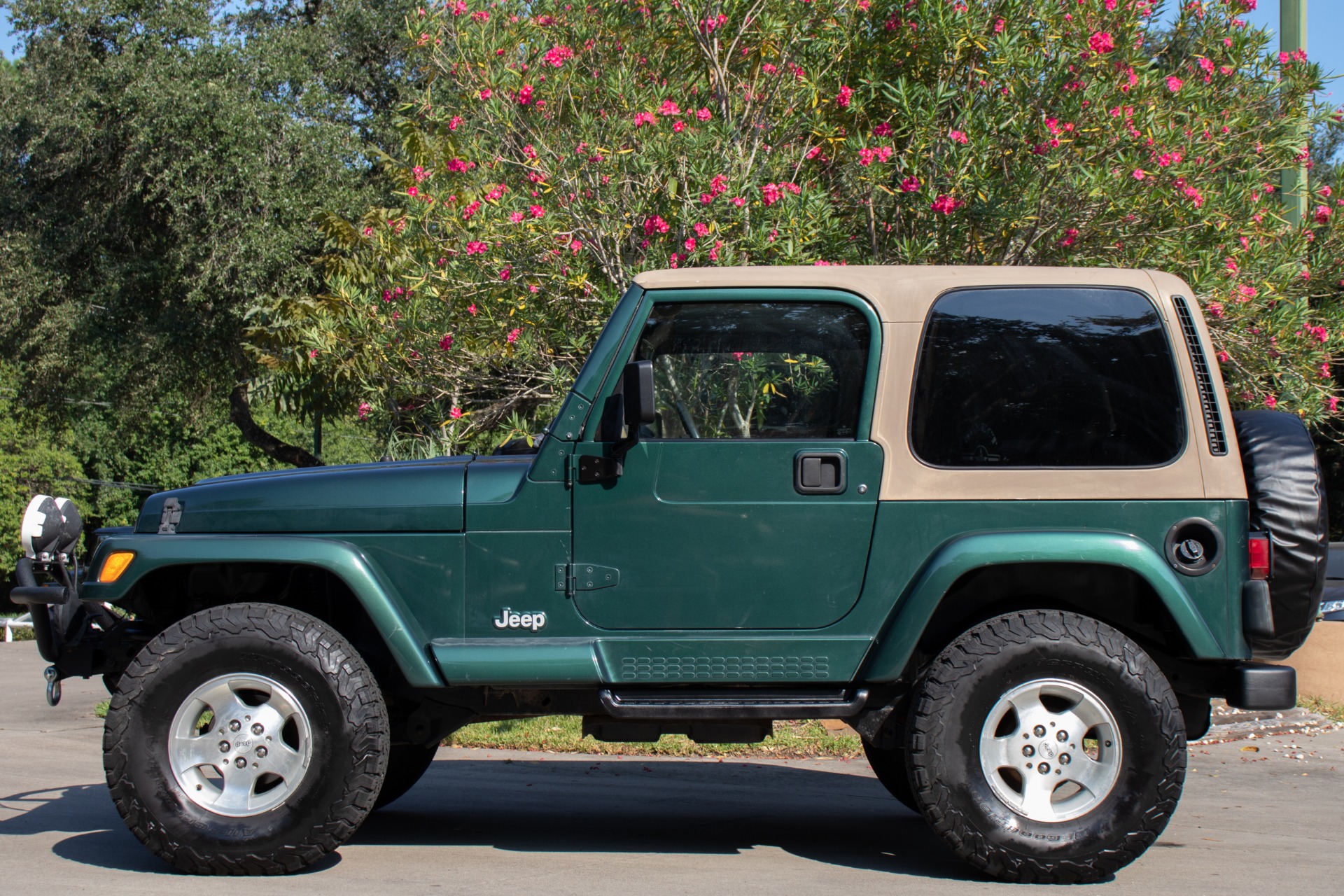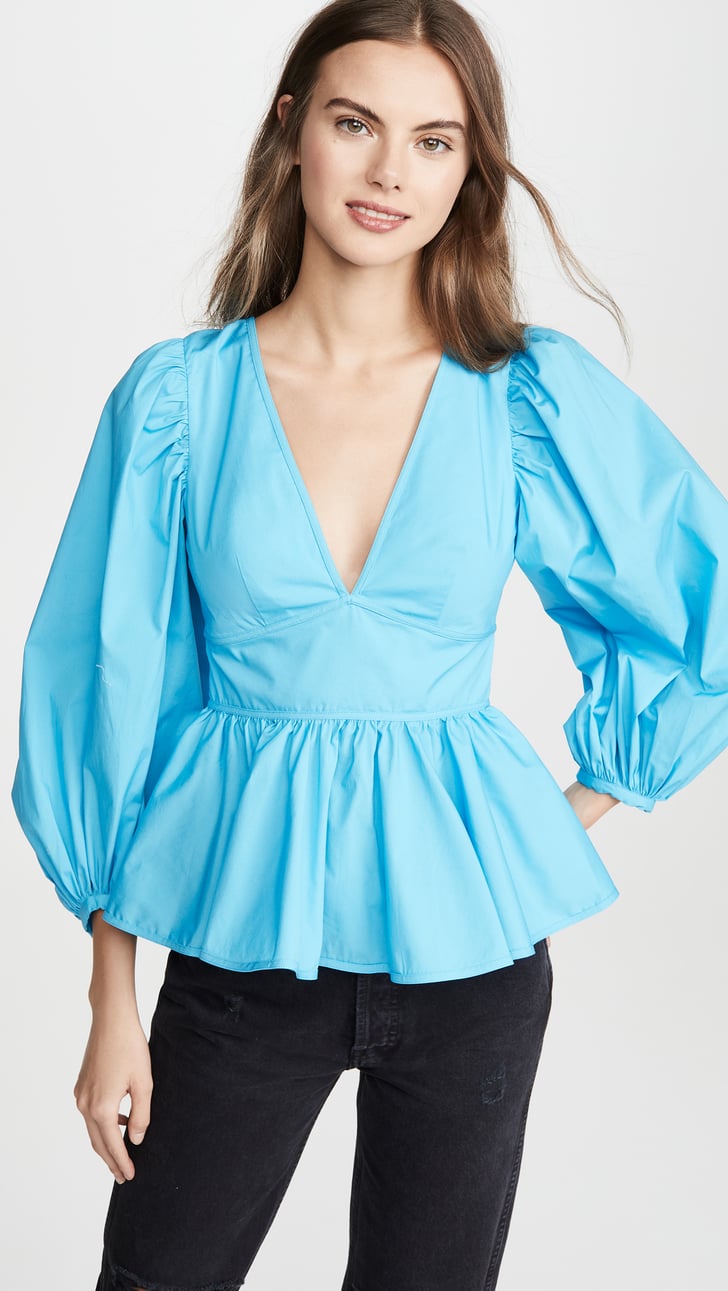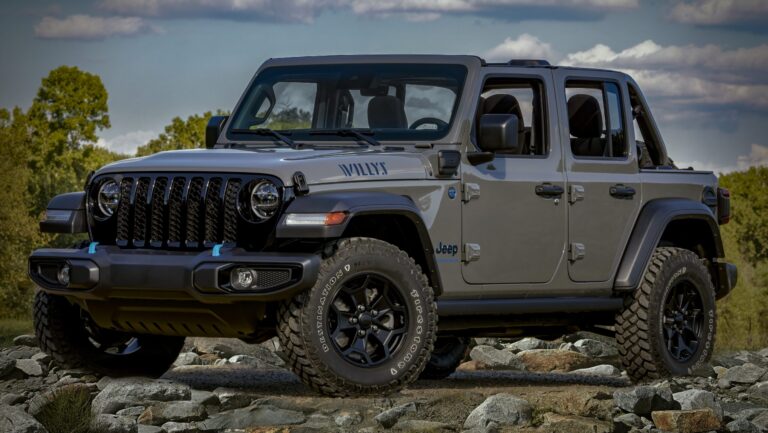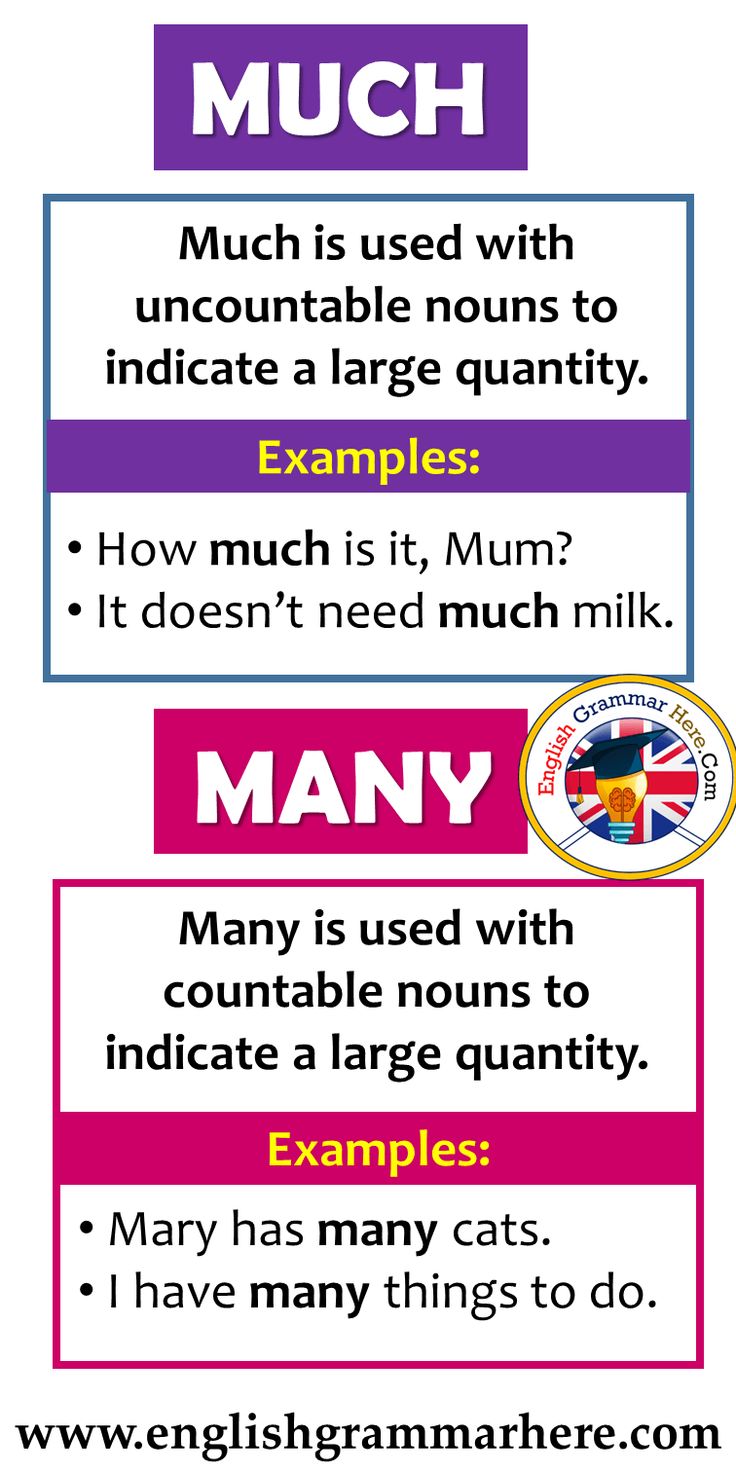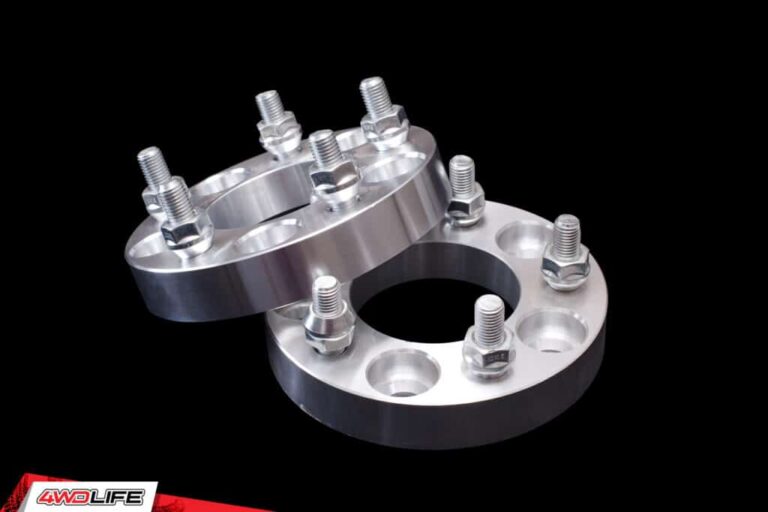Jeep Sahara 2000 For Sale: A Comprehensive Buyer’s and Seller’s Guide
Jeep Sahara 2000 For Sale: A Comprehensive Buyer’s and Seller’s Guide jeeps.truckstrend.com
Introduction: The Enduring Allure of the Jeep Sahara 2000
The year 2000 marked a sweet spot for the iconic Jeep Wrangler, particularly the Sahara trim. Part of the revered TJ generation (1997-2006), the Jeep Sahara 2000 represents a quintessential blend of rugged off-road capability, classic styling, and a burgeoning aftermarket community. For enthusiasts and first-time Jeep owners alike, the prospect of a "Jeep Sahara 2000 For Sale" isn’t just about acquiring a vehicle; it’s about embracing a lifestyle. This article serves as a comprehensive guide for both prospective buyers eager to join the Jeep family and current owners looking to navigate the sales process effectively. We’ll delve into what makes this specific model so sought-after, what to look for, how to price it, and what to expect from the ownership experience.
Jeep Sahara 2000 For Sale: A Comprehensive Buyer’s and Seller’s Guide
The Enduring Appeal of the Jeep Sahara 2000
The TJ-generation Wrangler is often considered by many purists to be the last "true" Wrangler before the introduction of the more modern JK and JL series. The 2000 Sahara specifically benefits from several key attributes:
- Robust 4.0L Inline-Six Engine: This legendary engine, known for its bulletproof reliability and ample low-end torque, is a major draw. It’s powerful enough for both highway cruising and conquering challenging trails.
- Coil Spring Suspension: Unlike its leaf-sprung YJ predecessor, the TJ adopted a coil-spring suspension system, significantly improving ride comfort and articulation, making it more capable off-road and more livable on pavement.
- Classic Aesthetics: The 2000 Sahara retains the iconic round headlights and seven-slot grille, embodying the classic Jeep look that many associate with freedom and adventure. Its unique Sahara touches, such as color-matched fender flares, special interior fabric, and exclusive graphics, set it apart.
- Strong Aftermarket Support: The TJ platform boasts one of the most extensive aftermarket parts selections in the automotive world, allowing for endless customization, from lift kits and bigger tires to armor and performance upgrades.
- Community and Resale Value: The Jeep community is vibrant and supportive. Furthermore, well-maintained TJs, especially the Sahara trim, hold their value exceptionally well, making them a wise investment for enthusiasts.

Key Features and Specifications of the 2000 Jeep Sahara
Understanding the specific features of the 2000 Sahara is crucial for both buying and selling.
- Engine: 4.0L (242 cu in) AMC Straight-Six. This engine produces approximately 190 horsepower and 235 lb-ft of torque.
- Transmission: Typically offered with a 5-speed manual (NV3550) or a 3-speed automatic (32RH). Both are robust, though the manual is often preferred for off-road control.
- Transfer Case: Command-Trac NV231 part-time 4WD system, known for its reliability and simplicity.
- Axles: Dana 30 front axle and Dana 35c rear axle were standard. Some rare models might have come with a Dana 44 rear axle, which is a highly desirable upgrade.
- Sahara Specifics:
- Body-color fender flares (often forest green, tan, or black).
- Unique "Sahara" decals on the hood and body.
- Upgraded interior fabric with unique patterns and "Sahara" embroidery.
- Fog lamps.
- Optional hardtop or standard soft top.
- Often came with larger 30-inch tires and 15-inch alloy wheels.

- Dimensions: Wheelbase: 93.4 inches; Length: 151.6 inches. These compact dimensions contribute to its excellent maneuverability off-road.
What to Look For When Buying a 2000 Jeep Sahara (Buyer’s Guide)
Purchasing a 23-year-old vehicle, even one as robust as a TJ, requires careful inspection.
- Rust, Rust, Rust: This is the #1 enemy of the TJ.
- Frame: Inspect the frame thoroughly, especially near the control arm mounts, skid plate mounts, and behind the front wheels. Look for flaking, holes, or significant pitting. Patch jobs can hide severe issues.
- Body: Check the floor pans (under the carpet), rocker panels, door sills, and around the windshield frame.
- Engine Condition:
- Oil Leaks: The 4.0L is prone to rear main seal leaks, which are common but can be costly to fix. Valve cover gaskets can also leak.
- Cooling System: Check for radiator leaks, condition of hoses, and proper thermostat operation. Overheating is detrimental.
- "Tick" Noise: Some 4.0L engines develop a "piston slap" or cracked exhaust manifold tick, especially when cold. While common, excessive noise warrants investigation.
- Transmission & Transfer Case:
- Manual: Check for smooth shifting, no grinding, and proper clutch engagement.
- Automatic: Ensure smooth shifts, no slipping, and proper fluid level/color.
- Transfer Case: Engage 4WD (both 4-High and 4-Low) to ensure it shifts smoothly and the indicator light works. Listen for unusual noises.
- Suspension & Steering:
- "Death Wobble": A severe, uncontrollable shaking of the front end, often caused by worn steering components (tie rod ends, track bar, ball joints) or unbalanced tires. Test drive on a bumpy road to check.
- Lift Kits: Be wary of poorly installed lift kits. Inspect all components for quality and proper alignment.
- Electrical Issues: Check all lights (interior/exterior), gauges, power windows (if equipped), and stereo. Faulty wiring can be a headache.
- Soft Top/Hard Top Condition: Inspect for rips, tears, cloudy windows, and proper sealing. Hardtops can crack, especially around mounting points.
- Aftermarket Modifications: While many mods are desirable, poor installations can cause problems. Ask about the history of modifications and if original parts are available.
- Maintenance Records: A well-documented service history is a huge plus, indicating a caring owner.
- Test Drive: Drive it at various speeds, on different surfaces, and engage 4WD. Listen for unusual noises, feel for vibrations, and assess steering responsiveness. Consider a pre-purchase inspection (PPI) by a trusted mechanic.
Preparing Your 2000 Jeep Sahara for Sale (Seller’s Guide)
Maximizing your return on a 2000 Sahara involves strategic preparation.
- Thorough Cleaning & Detailing: A clean Jeep, inside and out, makes a significant first impression. Detail the engine bay, wash and wax the exterior, vacuum and clean the interior. Address any odors.
- Address Minor Repairs: Fix small issues like burnt-out bulbs, non-working power outlets, or a loose trim piece. These minor fixes show attention to detail and prevent buyers from nitpicking.
- Gather Maintenance Records: Compile all service records, receipts for parts, and any modification documentation. This builds trust and justifies your asking price.
- Take High-Quality Photos: Use good lighting and show the Jeep from multiple angles (exterior, interior, engine bay, undercarriage if clean). Highlight unique Sahara features. Be honest about any imperfections with clear photos.
- Craft a Compelling Description:
- Start with key highlights (e.g., "Well-maintained 2000 Jeep Sahara, 4.0L, manual transmission").
- List all features, modifications, and recent maintenance.
- Be transparent about any known issues, rust spots, or quirks. Honesty builds trust.
- Include mileage, transmission type, and whether it has a hardtop or soft top.
- Mention why you’re selling.
- Pricing Strategies: Research comparable sales in your area and online. Factor in condition, mileage, modifications, and whether you have a hardtop. Be prepared to negotiate.
- Where to List It:
- Online Marketplaces: Craigslist, Facebook Marketplace, AutoTrader, Cars.com.
- Jeep-Specific Forums/Groups: Often attract serious buyers who appreciate the nuances of a TJ.
- Local Classifieds: Less common now but still an option.
Understanding the Market Value and Pricing
The price of a 2000 Jeep Sahara can vary widely based on several factors:
- Condition: Excellent, well-maintained, rust-free examples command a premium.
- Mileage: Lower mileage generally means higher value, but a high-mileage 4.0L with good maintenance records can still be valuable.
- Modifications: Tasteful, professionally installed upgrades (e.g., quality lift kit, winch, aftermarket bumpers) can add value. Poorly done or extreme modifications might deter some buyers.
- Hardtop vs. Soft Top: Having both, or a good condition hardtop, significantly increases value, especially in colder climates.
- Location: Prices can vary regionally based on demand and prevalence of rust.
- Maintenance History: A comprehensive service record adds significant value.
The Ownership Experience: Pros and Cons
Owning a 2000 Jeep Sahara is a unique experience.
Pros:
- Unmatched Off-Road Capability: A stock TJ is capable, and with mods, it’s a beast.
- Customization Potential: A blank canvas for personalization.
- Strong Community: The Jeep wave, trail rides, and helpful forums are a big part of the experience.
- Simple Mechanics: Relatively easy to work on for the DIY enthusiast.
- Classic Appeal & Resale Value: They look great and hold their worth.
- Open-Air Freedom: Removable doors and fold-down windshield (though complex on a TJ) offer an unparalleled driving experience.
Cons:
- Fuel Economy: Expect 15-18 MPG, which is not great by modern standards.
- Ride Comfort: It’s a truck-based SUV. The ride can be bouncy and noisy compared to modern vehicles.
- Rust: An ongoing battle in many regions.
- Safety Features: Lacks many modern safety features (ABS, airbags are basic).
- Maintenance of an Older Vehicle: Parts will wear out, and regular maintenance is crucial.
Concluding Summary
The Jeep Sahara 2000 remains a highly desirable vehicle, embodying the rugged spirit and open-air freedom that defines the Wrangler brand. Whether you’re in the market to buy or looking to sell, understanding its enduring appeal, key features, potential pitfalls, and market dynamics is paramount. With careful inspection, honest representation, and a passion for the trail, securing or selling a 2000 Sahara can be a rewarding experience. It’s more than just a vehicle; it’s a ticket to adventure and a piece of automotive history that continues to inspire enthusiasts worldwide.
Price Table: Estimated Value of a Jeep Sahara 2000
Please note: These are estimates and actual prices can vary significantly based on location, specific modifications, maintenance history, and market demand. Always conduct thorough research and consider a pre-purchase inspection.
| Condition Category | Estimated Price Range (USD) | Key Factors Influencing Price |
| :—————– | :————————– | :————————————————————————————————————————————————————————————————————————————————————————————————————————————————————————————————————————————————————————————————————————————————————————————————————————————————————————————————————————————————————————————————————————————————————————————————————————————————————————————————————————————————————————————————————————————————————————————————————————————————————————————————————————————————————————————————————————————————————————————————————————————————————————————————————————————————————————————————————————————————————————————————————————————————————————————————————————————————————————————————————————————————————————————————————————————————————————————————————————————————————————————————————————————————————————————————————————————————————————————————————————————————————————————————————————————————————————————————————————————————————————————————————————————————————————————————————————————————————————————————————————————————————————————————————————————————————————————————————————————————————————————————————————————————————————————————————————————————————————————————————————————————————————————————————————————————————————————————————————————————————————————————————————————————————————————————————————————————————————————————————————————————————————————————————————————————————————————————————————————————————————————————————————————————————————————————————————————————————————————————————————————————————————————————————————————————————————————————————————————————————————————————————————————————————————————————————————————————————————————————————————————————————————————————————————————————————————————————————————————————————————————————————————————————————————————————————————————————————————————————————————————————————————————————————————————————————————————————————————————————————————————————————————————————————————————————————————————————————————————————————————————————————————————————————————————————————————————————————————————————————————————————————————————————————————————————————————————————————————————————————————————————————————————————————————————————————————————————————————————————————————————————————————————————————————————————————————————————————————————————————————————————————————————————————————————————————————————————————————————————————————————————————————————————————————————————————————————————————————————————————————————————————————————————————————————————————————————————————————————————————————————————————————————————————————————————————————————————————————————————————————————————————————————————————————————————————————————————————————————————————————————————————————————————————————————————————————————————————————————————————————————————————————————————————————————————————————————————————————————————————————————————————————————————————————————————————————————————————————————————————————————————————————————————————————————————————————————————————————————————————————————————————————————————————————————————————————————————————————————————————————————————————————————————————————————————————————————————————————————————————————————————————————————————————————————————————————————————————————————————————————————————————————————————————————————————————————————————————————————————————————————————————————————————————————————————————————————————————————————————————————————————————————————————————————————————————————————————————————————————————————————————————————————————————————————————————————————————————————————————————————————————————————————————————————————————————————————————————————————————————————————————————————————————————————————————————————————————————————————————————————————————————————————————————————————————————————————————————————————————————————————————————————————————————————————————————————————————————————————————————————————————————————————————————————————————————————————————————————————————————————————————————————————————————————————————————————————————————————————————————————————————————————————————————————————————————————————————————————————————————————————————————————————————————————————————————————————————————————————————————————————————————————————————————————————————————————————————————————————————————————————————————————————————————————————————————————————————————————————————————————————————————————————————————————————————————————————————————————————————————————————————————————————————————————————————————————————————————————————————————————————————————————————————————————————————————————————————————————————————————————————————————————————————————————————————————————————————————————————————————————————————————————————————————————————————————————————————————————————————————————————————————————————————————————————————————————————————————————————————————————————————————————————————————————————————————————————————————————————————————————————————————————————————————————————————————————————————————————————————————————————————————————————————————————————————————————————————————————————————————————————————————————————————————————————————————————————————————————————————————————————————————————————————————————————————————————————————————————————————————————————————————————————————————————————————————————————————————————————————————————————————————————————————————————————————————————————————————————————————————————————————————————————————————————————————————————————————————————————————————————————————————————————————————————————————————————————————————————————————————————————————————————————————————————————————————————————————————————————————————————————————————————————————————————————————————————————————————————————————————————————————————————————————————————————————————————————————————————————————————————————————————————————————————————————————————————————————————————————————————————————————————————————————————————————————————————————————————————————————————————————————————————————————————————————————————————————————————————————————————————————————————————————————————————————————————————————————————————————————————————————————————————————————————————————————————————————————————————————————————————————————————————————————————————————————————————————————————————————————————————————————————————————————————————————————————————————————————————————————————————————————————————————————————————————————————————————————————————————————————————————————————————————————————————————————————————————————————————————————————————————————————————————————————————————————————————————————————————————————————————————————————————————————————————————————————————————————————————————————————————————————————————————————————————————————————————————————————————————————————————————————————————————————————————————————————————————————————————————————————————————————————————————————————————————————————————————————————————————————————————————————————————————————————————————————————————————————————————————————————————————————————————————————————————————————————————————————————————————————————————————————————————————————————————————————————————————————————————————————————————————————————————————————————————————————————————————————————————————————————————————————————————————————————————————————————————————————————————————————————————————————————————————————————————————————————————————————————————————————————————————————————————————————————————————————————————————————————————————————————————————————————————————————————————————————————————————————————————————————————————————————————————————————————————————————————————————————————————————————————————————————————————————————————————————————————————————————————————————————————————————————————————————————————————————————————————————————————————————————————————————————————————————————————————————————————————————————————————————————————————————————————————————————————————————————————————————————————————————————————————————————————————————————————————————————————————————————————————————————————————————————————————————————————————————————————————————————————————————————————————————————————————————————————————————————————————————————————————————————————————————————————————————————————————————————————————————————————————————————————————————————————————————————————————————————————————————————————————————————————————————————————————————————————————————————————————————————————————————————————————————————————————————————————————————————————————————————————————————————————————————————————————————————————————————————————————————————————————————————————————————————————————————————————————————————————————————————————————————————————————————————————————————————————————————————————————————————————————————————————————————————————————————————————————————————————————————————————————————————————————————————————————————————————————————————————————————————————————————————————————————————————————————————————————————————————————————————————————————————————————————————————————————————————————————————————————————————————————————————————————————————————————————————————————————————————————————————————————————————————————————————————————————————————————————————————————————————————————————————————————————————————————————————————————————————————————————————————————————————————————————————————————————————————————————————————————————————————————————————————————————————————————————————————————————————————————————————————————————————————————————————————————————————————————————————————————————————————————————————————————————————————————————————————————————————————————————————————————————————————————————————————————————————————————————————————————————————————————————————————————————————————————————————————————————————————————————————————————————————————————————————————————————————————————————————————————————————————————————————————————————————————————————————————————————————————————————————————————————————————————————————————————————————————————————————————————————————————————————————————————————————————————————————————————————————————————————————————————————————————————————————————————————————————————————————————————————————————————————————————————————————————————————————————————————————————————————————————————————————————————————————————————————————————————————————————————————————————————————————————————————————————————————————| Excellent | $12,000 – $18,000+ | Rust-free frame/body, low original miles, meticulously maintained, minimal/tasteful mods, all original parts available, recent major service. |
| Good | $8,000 – $11,999 | Minor surface rust (easily treatable), well-running engine/drivetrain, clean interior, average mileage (100k-180k), some aftermarket parts. |
| Fair | $4,000 – $7,999 | Noticeable rust (some through-holes on frame/body), higher mileage (180k-250k), needs minor mechanical attention (e.g., fluid leaks, worn suspension), cosmetic flaws. |
| Project/Rough | Below $4,000 | Significant rust (frame integrity questionable), major mechanical issues (engine/transmission), extensive body damage, non-running, suitable for parts or full restoration. |
Frequently Asked Questions (FAQ) about the Jeep Sahara 2000
Q1: Why is the 2000 Jeep Sahara particularly popular?
A1: The 2000 Sahara is part of the TJ generation (1997-2006), which is highly regarded for its robust 4.0L inline-six engine, coil-spring suspension (offering a better ride than earlier YJs), and classic Wrangler aesthetics. The Sahara trim adds unique cosmetic enhancements and often more standard features, making it a desirable package.
Q2: What’s the main difference between a Sahara and a Sport or SE trim?
A2: The Sahara trim was positioned as a more premium and stylish version of the Wrangler. It typically came with body-colored fender flares, unique interior fabric, specific decals, fog lights, and often larger wheel and tire packages as standard. Sport and SE models were more basic, though still highly capable.
Q3: How long does the 4.0L engine typically last in a 2000 Sahara?
A3: The 4.0L inline-six engine is legendary for its durability. With proper maintenance, it’s not uncommon for these engines to last well over 200,000 to 300,000 miles. Regular oil changes, cooling system maintenance, and addressing minor issues promptly are key to its longevity.
Q4: Are parts readily available for a 2000 Jeep Sahara?
A4: Yes, parts availability is excellent. Given the TJ’s popularity and long production run, OEM, aftermarket, and used parts are widely available through dealerships, online retailers, and salvage yards. This makes maintenance and customization relatively easy and affordable.
Q5: Is a 2000 Jeep Sahara a good daily driver?
A5: It can be, but it depends on your expectations. While capable on the road, it’s not as refined, fuel-efficient, or quiet as modern SUVs. The ride can be a bit bouncy, and road noise is significant. However, for those who prioritize ruggedness, off-road capability, and the unique Jeep experience, it’s a perfectly acceptable daily driver.
Q6: What is "Death Wobble" and how can it be fixed?
A6: "Death Wobble" is an uncontrolled, violent shaking of the front end that can occur at highway speeds, often after hitting a bump. It’s usually caused by worn or loose steering and suspension components such as the track bar, tie rod ends, ball joints, control arm bushings, or an unbalanced tire. Diagnosing and replacing the faulty components is the solution, often starting with the track bar.
Q7: How much does insurance cost for a 2000 Jeep Sahara?
A7: Insurance costs vary widely based on your location, driving record, age, coverage limits, and the specific insurance company. Generally, older vehicles might have lower comprehensive/collision premiums, but liability costs are standard. It’s best to get quotes from multiple providers to compare.

